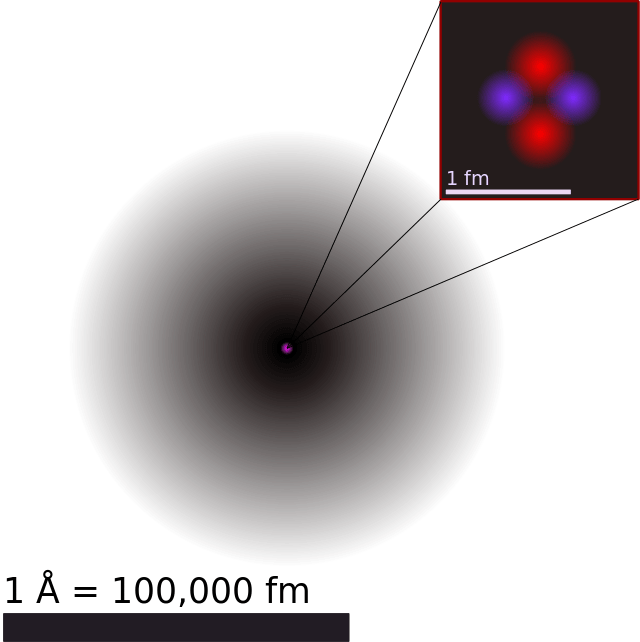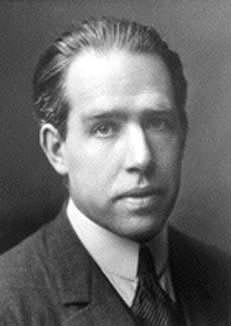[/caption]Niels Bohr was a Nobel Prize winner. He was born Niels Henrik David Bohr on October 7, 1855, in Copenhagen. His home atmosphere growing up aided his intellect and skill in physics, since he was the son of a university professor. Niels Bohr enrolled at the University of Copenhagen. At first he began to study mathematics and philosophy, but after he won a prize for examining the property of surface tension, he switched to studying physics. While there, he got both his Master’s and doctorate degrees in physics.
In 1911, in Cambridge, England, he studied with the man who had discovered the atom a decade and a half earlier. Soon after, he discovered, along with colleagues, the structure of the atom He created the Bohr atomic model in 1913, which says that electrons travel around the nucleus in a discrete orbit. He said that electrons traveled in set orbits around the nucleus. The electrons moved between these set orbits depending on whether they gained or lost energy. The Bohr model was a revision of the Rutherford model of the atom. In 1922, Niels Bohr was awarded the Nobel Prize in Physics for his work regarding the structure of atoms. He was only 37 when he won the Nobel Prize.
In 1920, Copenhagen University formed the Institute for Theoretical Physics for Bohr to head. He was in charge of the institute until his death. Following him, one of his sons who was a physicist, Aage Bohr, took over the institute. Niehls Bohr continued to study the structure of the atom’s nuclei (the Bohr atom)while he was in charge of the Institute, creating the liquid drop model of the nucleus.
He also lectured at Victoria University. In 1916, he was given the job of Professor of Theoretical Physics at Copenhagen University. He continued working in Copenhagen the rest of his life, except for when he left during the war. During World War II, Bohr fled Copenhagen and moved to Sweden and also spent time in England and America. While in the United States, he worked on the Manhattan Project. For security measures, he assumed the name Nicholas Baker while he was working on Manhattan Project. Bohr was in favor of sharing nuclear knowledge with the scientific community which was very much opposed by world leaders, such as Winston Churchill. Bohr continued to advocate sharing nuclear technology.
In addition to Bohr’s other contributions and extensive writings, he had a chemical element, Bohrium, named after him. One of Bohr’s sons, Aage Bohr, shared the Nobel Peace Prize in Physics with two others. Niels Bohr died in 1962 as a result of a stroke.
Universe Today has articles on Bohr’s atomic model and the Bohr model.
For more information, check out a biography of Niels Bohr and Niels Bohr.
Astronomy Cast has an episode on inside the atom.
Source:
Nobel Prize


